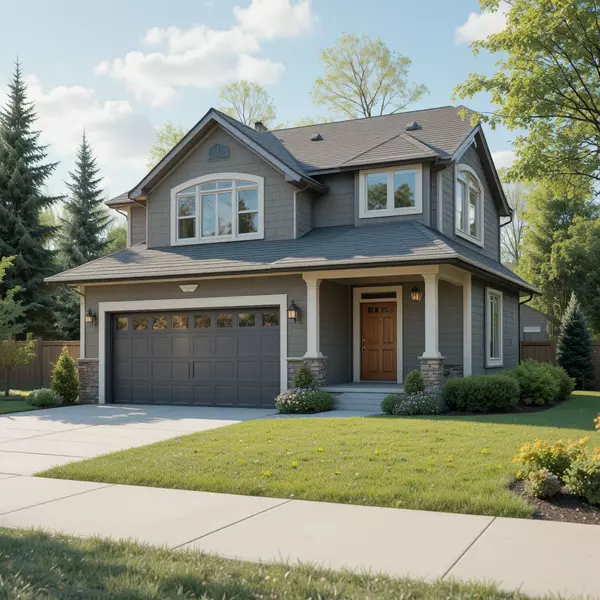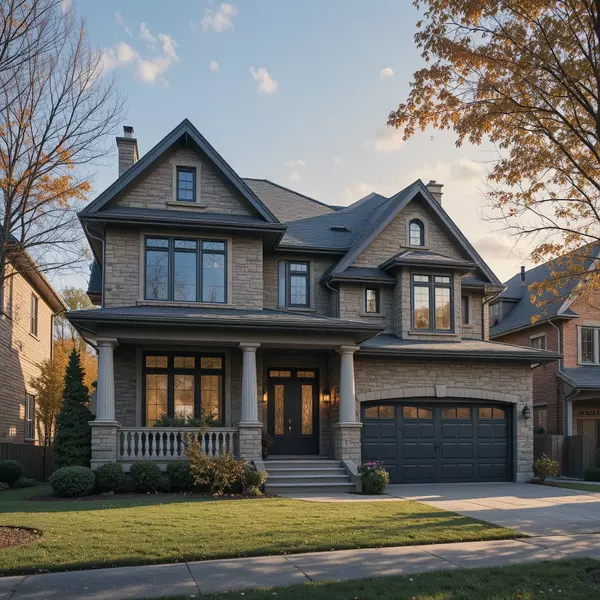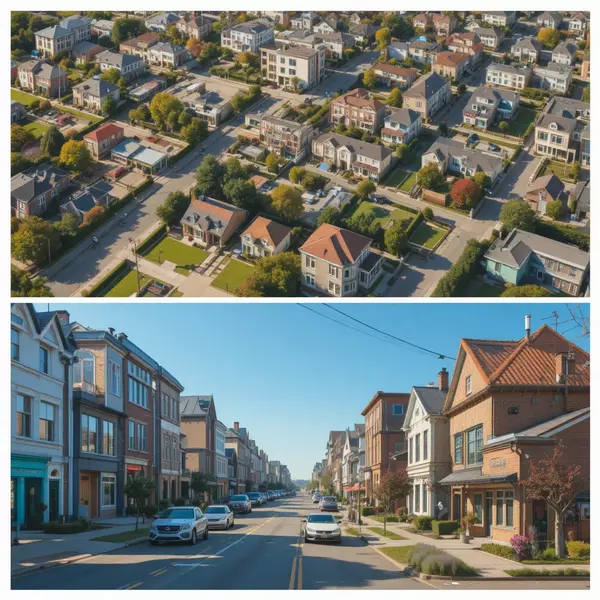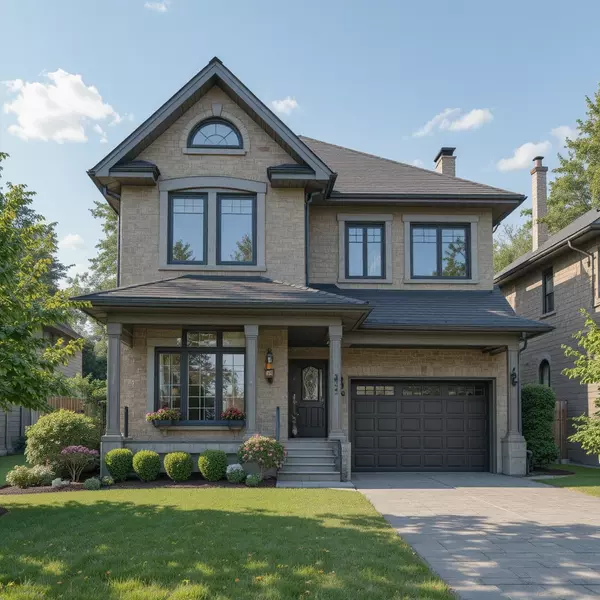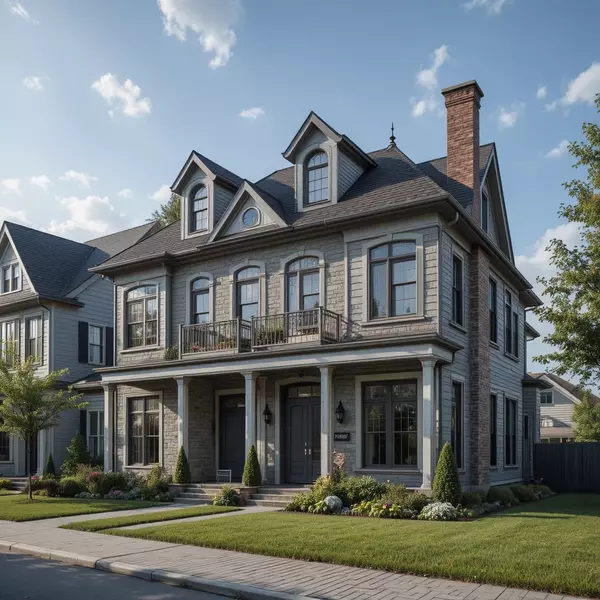How to Price Your Home Right in a Competitive Market


In a competitive real estate market, homeowners often assume the high demand guarantees a successful sale regardless of the list price. However, strategic pricing is arguably the most critical variable that determines a property’s ultimate fate. Pricing a home correctly is a delicate balance: price too low, and you leave money on the table; price too high, and you risk stagnation and the loss of momentum. The goal is not merely to list your home, but to list it at a calculated point that generates maximum buyer excitement, high traffic, and, ideally, triggers a bidding war that drives the sale price beyond expectation.
The biggest mistake a seller can make in any market, even a strong one, is overpricing. The first two weeks on the market are the most crucial, as the home attracts the attention of the most motivated buyers and active real estate agents. When a price is set too high, these critical initial prospects skip over the listing entirely, leading to poor showing activity. After a period of stagnation, a seller is often forced to execute a public price reduction, which signals to the market that the property has an issue and grants negotiating leverage to remaining buyers. This strategy often results in a final sale price lower than if the home had been priced correctly from the start.
To avoid this pitfall, sellers must base their decision on objective data gathered through a Comparative Market Analysis (CMA). A professional real estate agent will analyze recent sales (comps) of similar properties in the immediate neighborhood, focusing on features like size, age, condition, and bedrooms. Crucially, the analysis must focus on sold prices, not list prices or the seller's emotional investment. Sellers must accept that the home is worth what a buyer is willing to pay based on recent comparable transactions, not based on the money they have personally poured into renovations.
In a competitive, high demand environment, the most successful pricing strategy is often to price slightly below the perceived market value. This counterintuitive move is designed to maximize visibility and encourage competition. A strategically low price point ensures the property appears in the search results of a wider pool of buyers. The resulting surge in initial interest often hundreds of views and dozens of showing requests creates intense pressure among buyers. When three or more motivated parties submit offers, the resulting bidding war reliably drives the price above the initial list price, frequently landing at or above the true market value, but in a fraction of the time.
Pricing is also influenced by external market factors that go beyond direct home comparisons. Sellers and their agents must assess the current inventory levels in the neighborhood. If there are many similar homes available, the pricing must be sharper to entice buyers. Conversely, if inventory is scarce, a slightly more aggressive price might be warranted. Furthermore, the home’s condition is factored in; a listing that requires immediate repairs or is poorly staged should be priced lower than a fully modernized, move-in-ready equivalent to account for the perceived hassle and cost to the buyer.
In summary, successful pricing in a competitive market is a strategic art rooted in data science. It is not about testing the upper limits of the market, but about using a calculated entry point to generate maximum leverage. By relying on a professional CMA, resisting the urge to overprice, and strategically pricing to stimulate a bidding war, sellers ensure they capture the highest possible price in the shortest amount of time, positioning their home for a decisive and profitable sale.
Categories
Recent Posts

